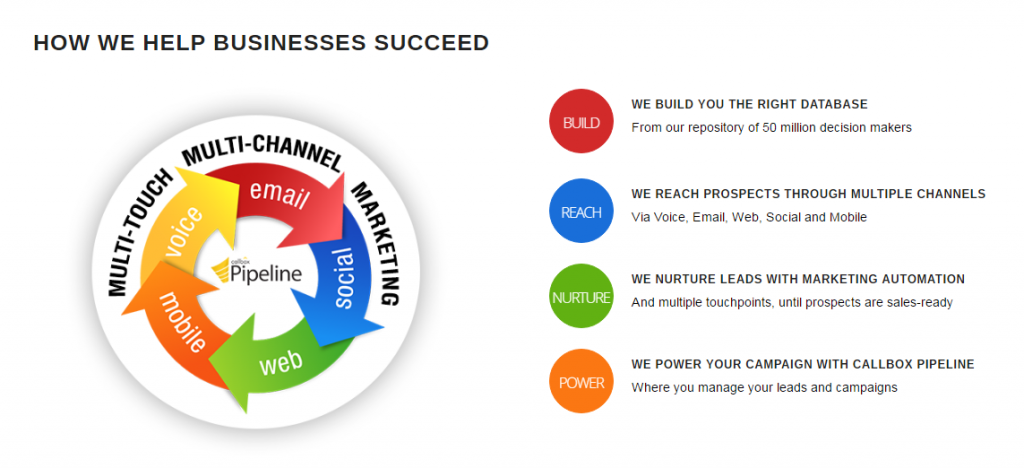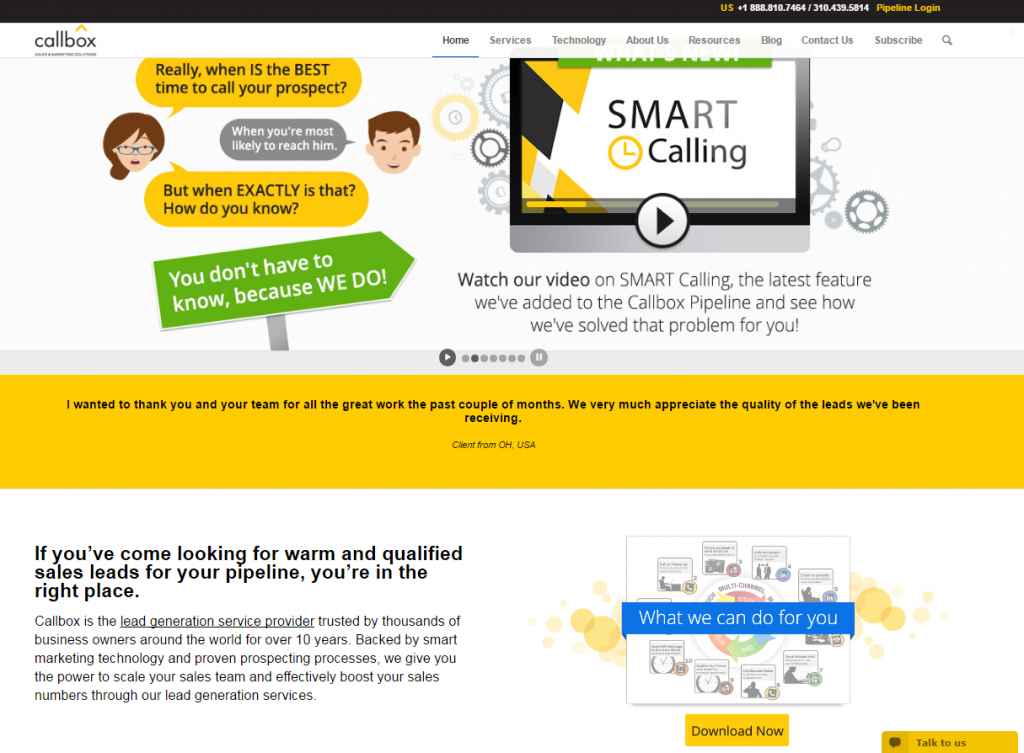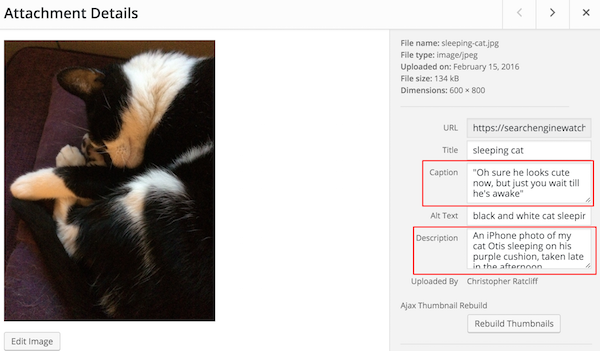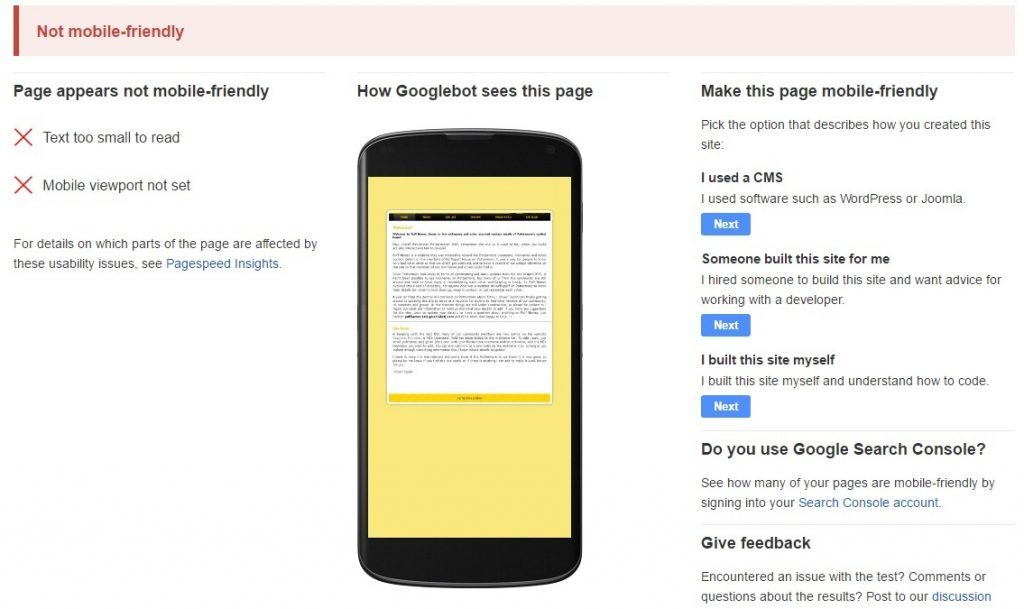Believe It Or Not! You Can Get More Leads Without Generating Web Traffic by Judy Caroll. Available from <http://www.business2community.com/digital-marketing/believe-not-can-get-leads-without-generating-web-traffic-01662809#zQQH8SPYH3YhRdrF.97> [September 23, 2016]
In B2B marketing, perhaps no two words are as important as Traffic and Conversion. These two spell the difference between being in the black and being in the red. But you probably already know this by now: More web traffic does not always mean more leads. Traffic that does not convert is useless. That’s really unfortunate. Luckily, you can still increase your leads production without necessarily increasing your web traffic. Convenient, right?
Here are surefire ways to increase your conversion – meaning, turning traffic into leads – without actually increasing your web traffic.
Amplify your Unique Selling Point
I said amplify. Not just state or declare or put it there for all to see. Maximize and optimize it by making sure it grabs the viewers’ or readers’ attention the moment they see it, or at least, creates a strong connection with them. A convincing declaration of your unique selling point can build trust and keep prospects on the page longer than they originally intended.
Pro tip: Use “action” words, not just passive words. And yes, sell the solution to their problem, not your product. Don’t be too salesy like a snake oil salesman.
Simplify your Home Page
Really, just KISS it, or “Keep It Short and Simple”. Or “Keep it Simple, St****.” The simpler your homepage is, the easier for the viewers to navigate through it and find what they need and want. Just make sure it answers these questions:
#1: What does your product or service offer?
#2: How will your product or service solve my problem? Explain the benefits you provide, not the features.

Don’t make the common mistake of talking about yourself at length. Harping about your accomplishments will bore, if not totally turn off your viewer.
Pro tip: Remember, the homepage is yours, but it’s about the customer or client or guest. If it’s about them, they’ll stay longer.
Make your Headlines & Contact Information Visible
It’s the goal of the webpage to at least generate inquiries. If your headlines can’t be seen, what do you think would make any visitor want to learn more from it? Make sure your headlines attract the visitors’ attention as soon as their eyes land on the page. And that “Contact Us” page? It’s not just for display. You really have to make an effort to make it as user-friendly as possible – make it visible and easy to read. No fancy fonts, please. If can make your contact number(s) so conspicuous the visitor doesn’t have to look for it, so much the better.
Pro tip: You have to make the visitors feel confident in you, in your product or service or whatever you’re selling.
Offer Incentives
What sounds better than freebies? Rewards! Incentives! Bonuses! Use the psychology of free stuff. I don’t know, but there’s something about those words that give them a really nice ring when spoken. Positive reinforcement almost always works, and it’s true especially in marketing. When you add something extra – like a reward or bonus – to your unique selling point, it’s easier to close the deal with the visitor. Offer a “money-back guarantee” or “free replacement” or “lifetime warranty” and chances are, you’ll clinch the sale.
While you have already effectively differentiated your product or service from the competition through your unique selling point, the incentive to bonus or reward adds value to the whole thing, and even builds a deeper client-business relationship.
Pro tip: Your message should be “You can’t get from others what I’m offering you.”
Focus on Outbound
The previous four tips focus on optimizing the webpage. This last one is a no-brainer in terms of increasing leads without increasing web traffic volume. Why not try some of the most effective outbound marketing strategies?
Event marketing is a simple and easy way to interact with prospects and turn them into leads. Experiential event marketing is even better, as it goes beyond the mere physical presence of people at an event. Here are some unconventional event marketing campaigns, find out why they totally worked.
And of course, there’s good old targeted telemarketing if you want fast results. Whatever medium you choose, the most important thing is choosing an efficient and effective third-party service provider.
Pro tip: Do not settle. When you’re outsourcing, you simply do not settle for mediocre results.
Conclusion
One key takeaway here is, when you implement something new, make sure it’s measurable so you’ll know what works for you and what doesn’t. More importantly, don’t stop trying testing new things. Observe what your competitors are doing successfully that you may apply to your own. If you don’t think imitation is the highest form of flattery, then just make it your inspiration.
This post originally appeared at The Savvy Marketer’s Blog
Believe It Or Not! You Can Get More Leads Without Generating Web Traffic by Judy Caroll. Available from <http://www.business2community.com/digital-marketing/believe-not-can-get-leads-without-generating-web-traffic-01662809#zQQH8SPYH3YhRdrF.97> [September 23, 2016]








